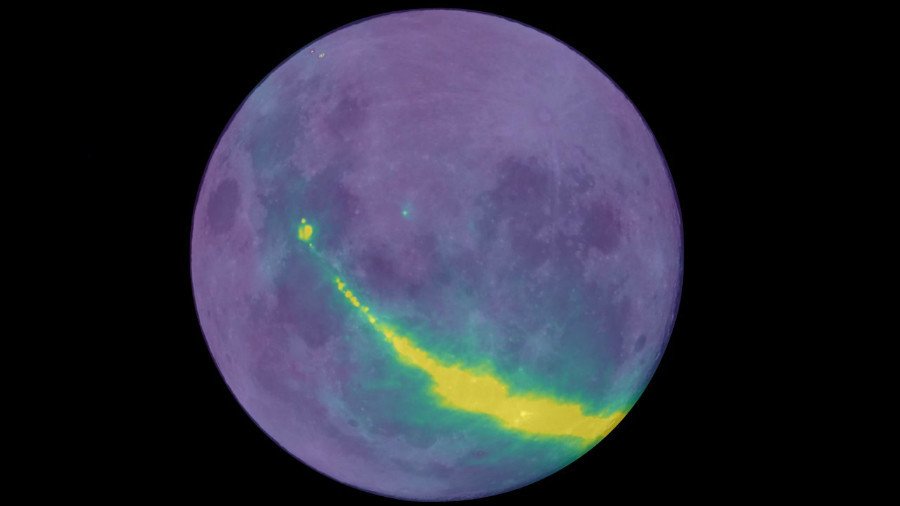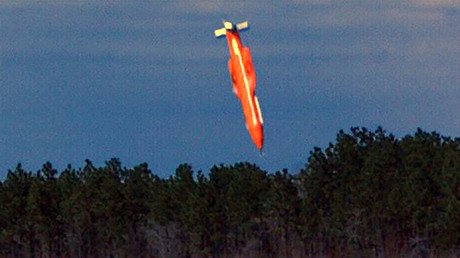Moon radio signals could uncover secrets of universe ‘dark ages'

Radio signals bouncing off the moon’s lunar landscape could be key to learning more about the origins of the universe, a team of astronomers observing the invisible phenomenon believe.
Despite all of the current technology at mankind’s fingertips, the early universe still remains much of a mystery. What shape were the galaxies and early star formations? We have no idea. Using a desert-based telescope in Western Australia, a team of experts have now set out to try and solve these burning questions through analyzing radio waves.
They are hoping to find the so-far elusive remnants of radio signals given off by the hydrogen atoms from what is known as the Epoch of Reionization. Sounds serious. It could be. The so-called epoch refers to a period in time when the first luminous sources like stars first came into existence around the universe.
READ MORE: Most Russians believe NASA’s lunar missions were fake
In a study published in the Oxford Press Monthly Notices of the Royal Astronomical Society journal, the group led by astronomer Dr Benjamin McKinley have detailed plans to pinpoint faint early universe radio waves on the moon.
“If we can detect this radio signal, it will tell us whether our theories about the evolution of the universe are correct,” Dr McKinley explained in a press statement.
“Before there were stars and galaxies, the universe was pretty much just hydrogen, floating around in space,” he added. “Since there are no sources of the optical light visible to our eyes, this early stage of the universe is known as the ‘cosmic dark ages.’”
However, while finding radio-wave signals on the moon may sound simple – it’s really not – there are many problems with such a task. Namely, there are multiple inference factors to take into account, such as earthshine as well as frequencies from outside man-made instruments.
READ MORE: Oxygen discovery ‘completely changes’ potential for life on Mars - study
That’s why Dr McKinley and the International Centre for Radio Astronomy Research are hoping Australia’s Murchison Widefield Array telescope can come good and help them basically sort the cosmic origin signals from the radio-wave chaff.
So far, the researchers have created a technique to “mitigate earthshine.”
“Our initial results using the lunar occultation technique are promising. We are beginning to understand the errors and spectral features present in our data and will continue to refine our techniques,” the study concluded.
Like this story? Share it with a friend!














